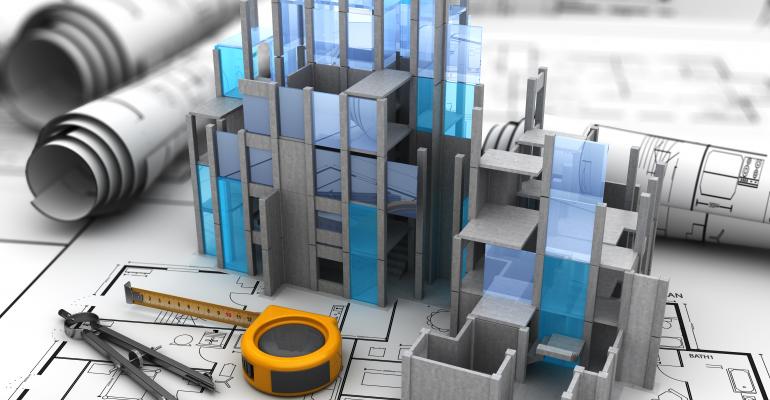While impact investing has become trendy among institutional and large private equity investors, it also “makes good business sense,” according to Eric Enloe, managing director in charge of capital markets valuation nationally with real estate services firm JLL.
Technology and Fortune 500 companies, which are generating growth in office occupancies nationwide, require environmentally-friendly office spaces, and so are driving this investor trend, Enloe notes. And from an office owner's perspective, sustainability can be a major financial incentive, as it lowers operating costs and increases the probability of tenant renewal at lease expiration.
"All big investors are environmentally-conscious," Enloe says. As a result, he notes that the line between impact investing and standard investment practices is blurring. "There's no such thing as 'non-impact' investing. It's critical to attracting and retaining tenants."
When investing in large office assets, therefore, institutional investors are focusing on environmental and social criteria. According to Enloe, they look at an asset's performance in terms of energy efficiency, water conservation, waste removal and other systems that impact occupant health, such air quality and HVAC systems.
Some state and local governments have incorporated sustainable mandates into their building codes in recent years and committed to transitioning to 100 percent renewable energy by 2050 or before. These include California, Hawaii, Washington, New Mexico, Puerto Rico, New York City, Washington, D.C., Chicago and Austin, Texas. California's Title 24, for example, requires all new and significantly renovated commercial buildings to be carbon neutral by 2030. Washington State last year passed legislation that also mandates phase-out of coal generation by 2025.
As a result, sustainability has become a standard in new office construction in core markets, and older class-A and -B office buildings are being retrofitted with sustainable features to compete with newer product on rental rates and valuations. Office buildings will continue to evolve from an environmental perspective and sustainability standards will change over time, so landlords must continuously to modernize assets to ensure all sustainable boxes are checked, according to Enloe.
While it's difficult to quantify the level of increased value sustainability provides, Enloe notes, "We know that a new class-A (sustainable) building sells for a higher price per square foot than a retrofitted building.” That might be because it’s difficult to get to the same level of sustainability with a retrofit as is possible with new construction. A sustainable building's tenant retention and occupancy rates, compared to other buildings in the same market, are good value indicators, Enloe adds.
"Investors want both sustainability and good returns," says Thomas Enger, managing director, UBS Realty Investors, adding that there is a strong correlation between a building's level of sustainability and net operating income (NOI) it generates. However, he concedes it’s hard to quantify how much sustainability adds to an office building's rent premium and value, because those measures tend to be a combination of attractive features that tenants and investors seek, with sustainability among them.
Office rents in most secondary markets often do not justify upgrading buildings with sustainable features, Enloe says. Most of that activity is taking place in major markets with higher average office rents. However, without sustainable office stock, smaller markets are unlikely to attract tech and other tenants driving growth in office occupancy because they have a strong preference for sustainable office space. "Sustainability is a given in places like San Francisco, Seattle, Washington, D.C., and New York City," says Enger. "We've been surprised by how lenient building codes are in other places.”





